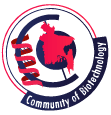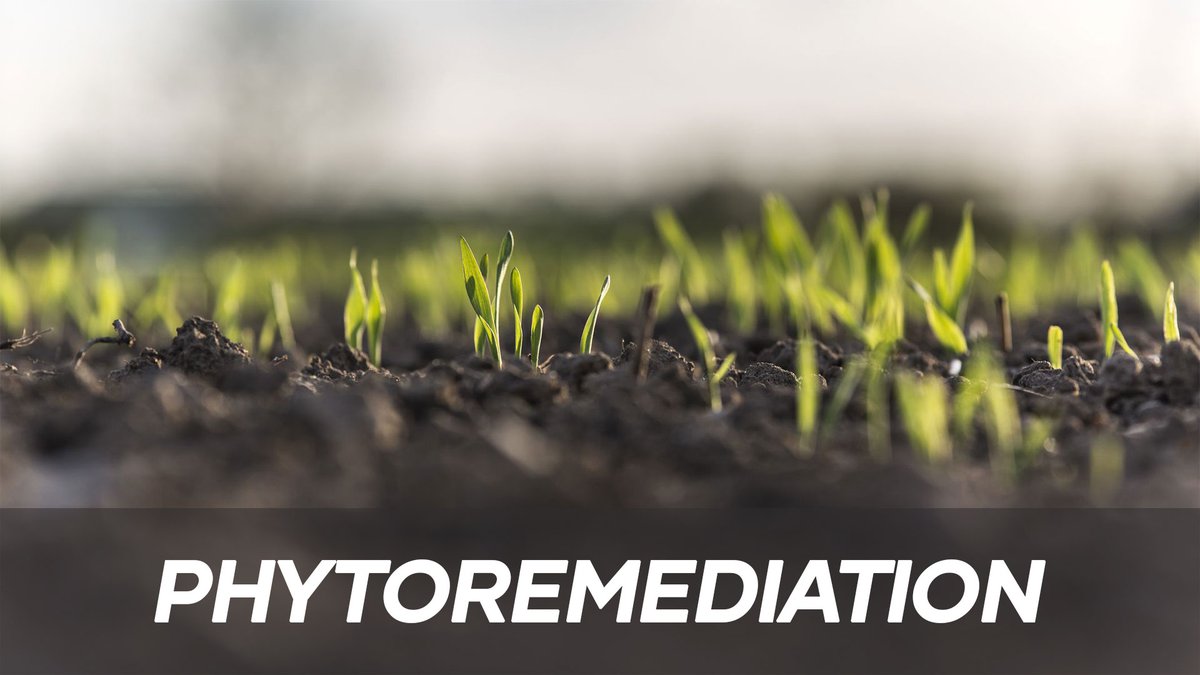Worldwide, rapid industrialization has increased anthropogenic activities, with modern agricultural practices and faulty waste disposal methods have raised the concentrations of elemental pollutants in the environment. Moreover, contamination of radionuclides such as uranium, thorium, radon, and radium has grown steadily in the second half of the 20th century with development of nuclear technology. In response to this threat to all living organisms, several remediation technologies have flourished. However, due to the prohibitive cost of some of these technologies, attention has been diverted towards advancement of alternative technologies such as bioremediation, which uses materials of microbial and plant origin. This is where Phytoremediation comes in, using green plants to remove, contain or render harmless environmental pollutants offering an effective, environmentally nondestructive, and cheap remediation method. Phytoremediation is subdivided into phytoextraction, phytostabilization, rhizofiltration and hytovolatilization. Phytoextraction uses metal accumulating plants that can transport and concentrate metals from the soils to above ground shoots, which are harvested by conventional methods. Rhizofiltration uses plant roots to absorb, concentrate and or precipitate toxic metals from polluted effluents. In phytostabilization, pollutants are stabilized in the soil by rendering them harmless and in phytovolatilization, plants extract volatile metals (e.g., mercury) from soil and volatilize them from foliage. Genetic engineering can modify plants for metal uptake, transport and sequestration improving phytoremediation efficiency. Metal chelator, metal transporter, metallothionein, and phytochelatin genes have been incorporated into plants for improved metal uptake and sequestration. Transgenic plants, which accumulate cadmium, lead, mercury, arsenic, and selenium have been manufactured.
Byproduct waste in the form of chromium produced from leather processing has contaminated the groundwater and ecosystem of the southwestern part of Dhaka, Bangladesh making it one of the most polluted cities in South Asia. Greenhouse pot experiments on several plant species have been carried out to find out the phytoextraction potential of these plants to remove Cr. The research concluded with Urtica dioica, a common nettle to be the best candidate for this purpose. Arsenic contamination is a major problem in Bangladesh. 57 million people exposed to arsenic concentration exceeding 10 , the WHO standard. Alam and Sattar (2000) reported that elevated arsenic concentrations up to 57 in soils could lead to elevated concentrations of arsenic in rice grain and straw, which is used to feed cattle. In a study about phytoremediation, 49 samples from 29 species collected from 7 locations of 4 Arsenic contaminated districts in BD were tested to determine the bioaccumulation factor of each species. Plants with high accumulation capacity for arsenic were used. It was found that indigenous plant species are better for phytoremediation since they are suited for survival growth and reproduction. Through rigorous experimentation and analysis of results it was found that three floating plants (Eichhornia crassipes, Spirodela polyrhiza, and Azolla pinnata) and a common wetland weed (Monochoria vaginalis) had high bioconcentration factors and translocation factor values.
In Bangladesh, irrigation of paddy fields with As-contaminated subsurface groundwater will increase soil arsenic levels in the future. Groundwater may be recharged and drained into surface waters; hence, land and surface waters can not be viewed separately. Phytoremediation can thus provide the requisite early steps in an economically viable approach to remediation of As-contaminated areas of Bangladesh.




0 comments